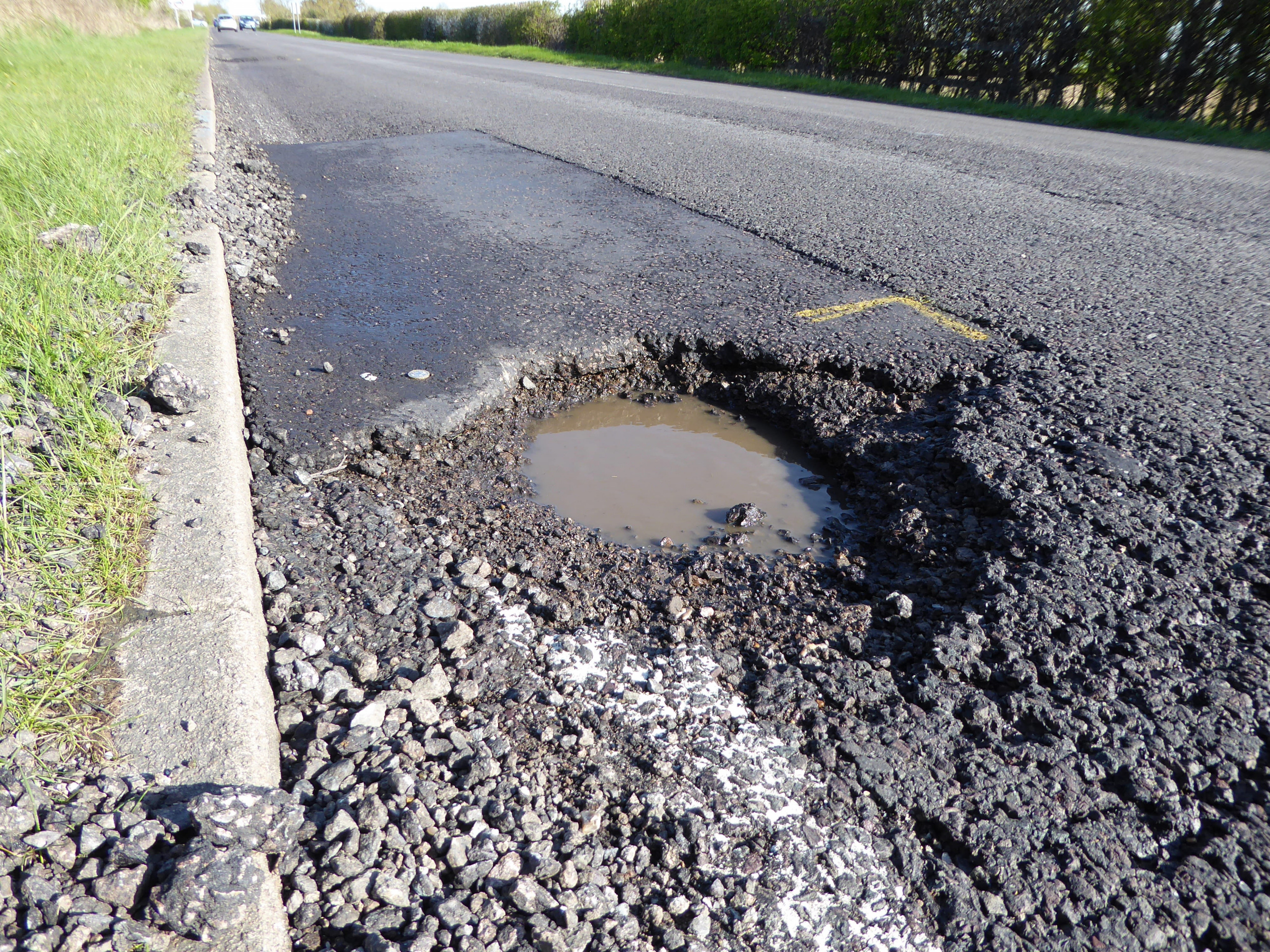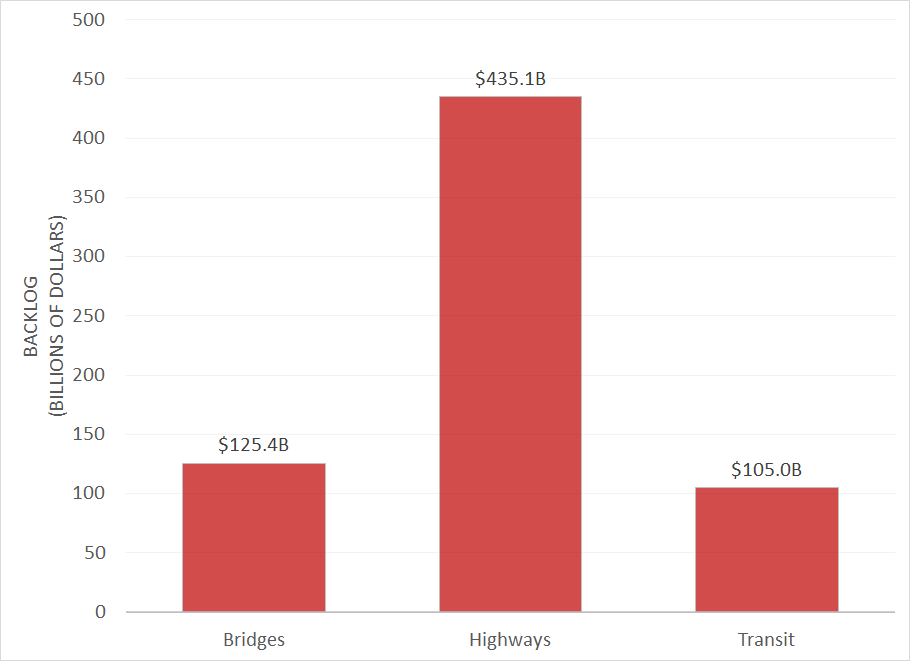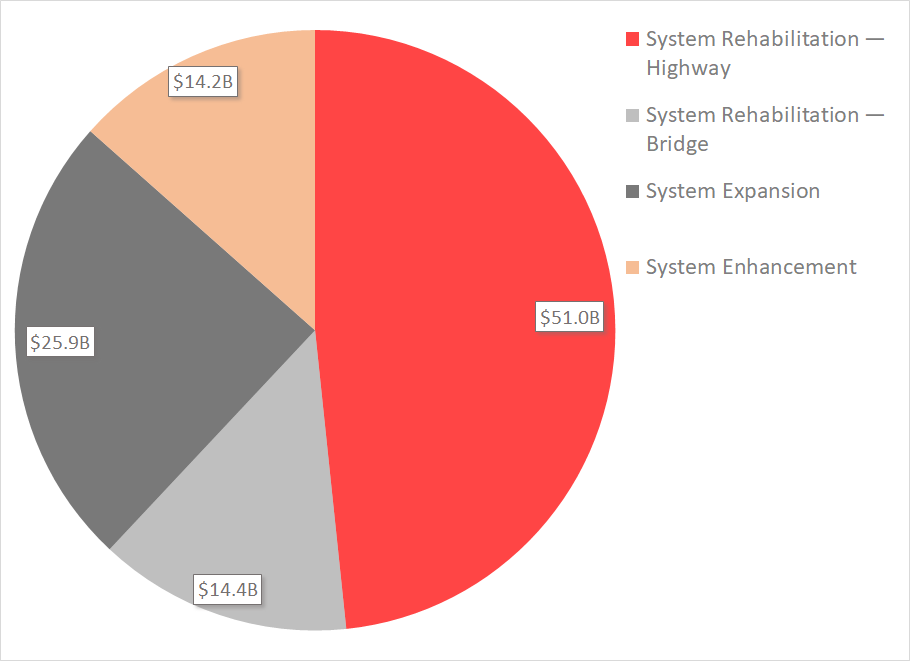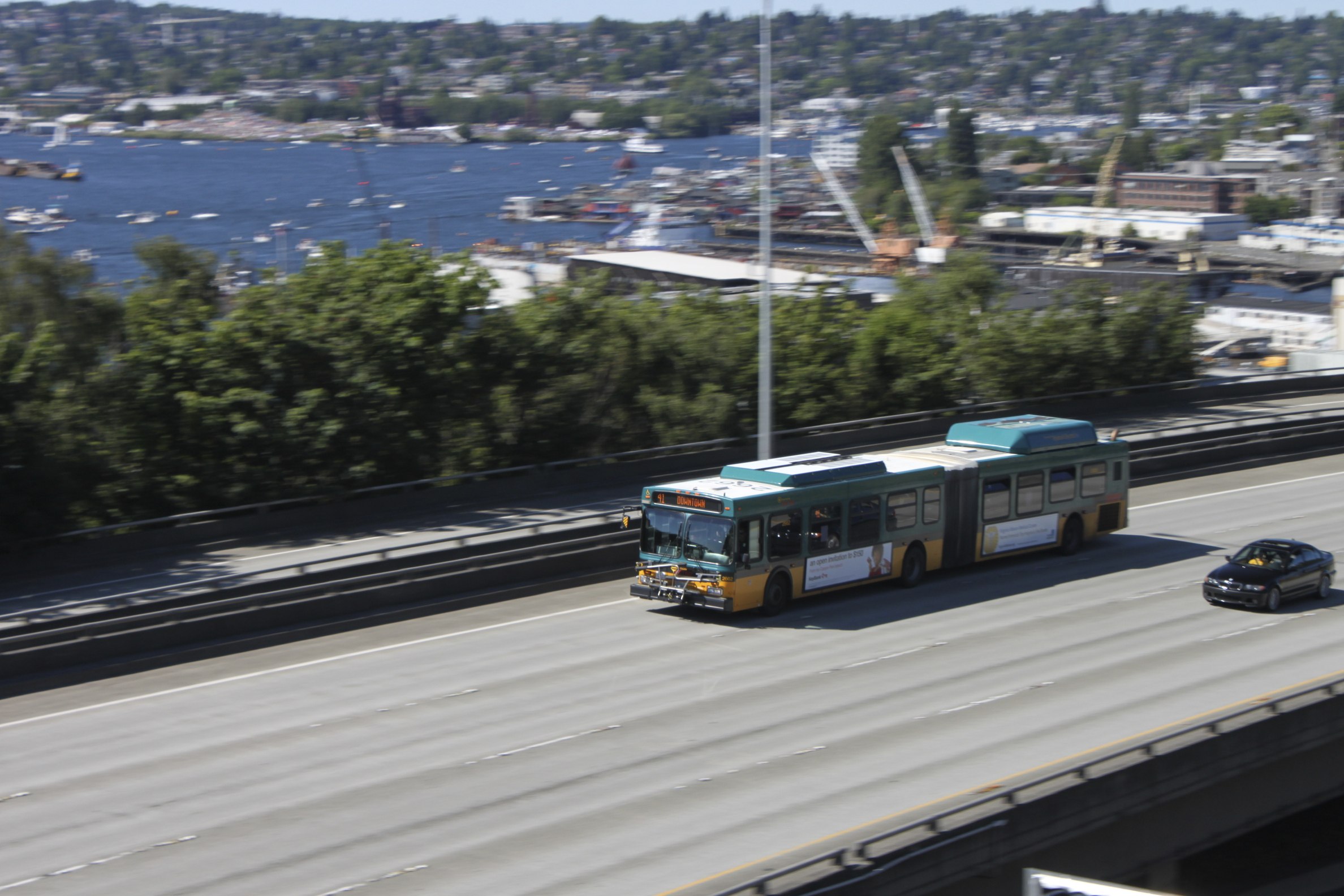
Fix it First
Focus transportation infrastructure spending where it’s needed
America’s roads and bridges need repair, yet federal and state governments continue to pour billions of taxpayer dollars into unnecessary highway construction and expansion. Frontier Group and U.S. PIRG worked to create the following factsheet outlining the need for a “fix-it-first” approach that puts repair of existing infrastructure before new or expanded highways.

Downloads
America’s roads and bridges need repair, yet federal and state governments continue to pour billions of taxpayer dollars into unnecessary highway construction and expansion. It’s time for a “fix-it-first” approach that puts repair of existing infrastructure before new or expanded highways.
America’s transportation infrastructure needs repair
- 173,000 miles of road and more than 45,000 bridges in the U.S. are classified as being in “poor” condition.1 As of 2017, 11 states had at least 30% of their roads in poor condition.2
- From 2009-2017, 37 states saw an increase in the percentage of roads in poor condition, and the total percentage nationwide rose from 14% to 20%.3
- The number of vehicle-miles traveled on roads in poor condition has risen from 15% to more than 17% over the last decade.4
Highway expansion consumes money we need for repairs
America faces a road and bridge repair backlog of more than half a trillion dollars, including $435 billion for road repair and $125 billion for bridge repair.5 Yet states continue to prioritize new and expanded roads and other wasteful infrastructure projects.
- States spend as much on new and wider roads as on fixing roads we have.6 In 2014, federal, state and local governments spent $26 billion on highway expansion projects.7
- Between 2009 and 2017, the U.S. public road network grew by almost a quarter of a million lane miles – enough to pave an area larger than Los Angeles.8
- A new lane-mile costs around $24,000 annually to maintain, so maintaining those new roads alone will require spending an additional $5.4 billion per year.9
Americans want to fix it first
Spending on new or expanded highways sucks money away from road repair, transit and other local needs.
- 2020 YouGov polling found that 79% of U.S. voters want government to fix existing roads before building new ones, and 61% support a 10-year moratorium on new roads. In addition, 77% of voters support investing in expanding public transit.10
- Transportation for America estimates that, as of 2017, just keeping our existing roads in acceptable repair and fixing those in poor condition would require $231 billion annually over a six-year period – double all 2015 highway capital expenditures.11
- The U.S. Department of Transportation estimates a backlog of $105 billion for transit infrastructure in need of replacement.12
Policy recommendations
The 2021 surface transportation reauthorization bill should adopt a “fix-it-first” strategy to reorient transportation funding away from newer and wider highways and toward repair of existing transportation infrastructure. The federal government should:
- Require states to repair existing highways before using federal funds to expand or build new ones, focusing resources on keeping roads and bridges in a state of good repair and tackling the backlog of transportation infrastructure repair needs.
- Ensure that federal highway aid is conditional on a percentage being used for repair and rehabilitation, set measurable goals for repairing all roads in poor condition, and require states to report progress towards those goals.
Backlog of unmet transportation infrastructure repair needs

(Source: Federal Highway Administration, Status of the Nation’s Highways, Bridges, and Transit Conditions and Performance Report, 23rd Edition, “Chapter 7 – Capital Investment Scenarios.”)
Current transportation spending

(Source: Federal Highway Administration, Status of the Nation’s Highways, Bridges, and Transit Conditions and Performance Report, 23rd Edition, “Chapter 7 – Capital Investment Scenarios.”)
- Roads: United States Department of Transportation, quoted in “Fact Sheet: The American Jobs Plan,” The White House, March 31 2021. Bridges: Federal Highway Administration, National Bridge Inventory, “Performance History.”↩︎
- Transportation for America, Repair Priorities 2019, p.21.↩︎
- 37 states: Transportation for America, Repair Priorities 2019, p.19. Total percentage increase: ibid., p.20.↩︎
- American Society of Civil Engineers, 2021 Infrastructure Report Card, p.108.↩︎
- $560.4 billion. U.S. Department of Transportation, Federal Highway Administration, Status of the Nation’s Highways, Bridges, and Transit Conditions and Performance Report, 23rd Edition, “Chapter 7 – Capital Investment Scenarios” Exhibit 7-9.↩︎
- Transportation for America, Repair Priorities 2019. Between 2009 and 2014, road repair accounted for 30% of states’ total capital spending on highways, and road expansion 29%.↩︎
- U.S. Department of Transportation, Status of the Nation’s Highways, Bridges and Transit: Conditions and Performance Report 23rd Edition, Exhibit 2-14, cited in Gideon Weissman et al., Highway Boondoggles 6, December 2020, p.5.↩︎
- 223,494 lane-miles. Transportation for America, Repair Priorities 2019 p.12. Area larger than Los Angeles: 5280 feet in a mile x 223,494 lane-miles = 1,180,048,320 ft of pavement. 1,180,048,320 x 12 ft lane width = 14,160,579,840 ft2 of pavement. 27,878,400 ft2 in 1 mi² = 507.9409 mi² of pavement. Los Angeles area: 503 mi².↩︎
- $24,000 per new lane-mile: Transportation for America, Repair Priorities 2019, p.11. Additional spending required: $5,363,856,000 ($24,000 x 223,494 lane-miles).↩︎
- Transportation for America, “Voters want and need more transportation options,” 17 March 2020.↩︎
- $169 billion per year to keep our good roads “good,” plus $62 billion per year to address the backlog of poor roads. 2015 expenditures: $105.4 billion. Transportation for America, Repair Priorities 2019, pp.9-10.↩︎
- “Fact Sheet: The American Jobs Plan,” The White House, March 31 2021.↩︎
Topics
Authors
James Horrox
Policy Analyst, Frontier Group
James Horrox is a policy analyst at Frontier Group, based in Los Angeles. He holds a BA and PhD in politics and has taught at Manchester University, the University of Salford and the Open University in his native UK. He has worked as a freelance academic editor for more than a decade, and before joining Frontier Group in 2019 he spent two years as a prospect researcher in the Public Interest Network's LA office. His writing has been published in various media outlets, books, journals and reference works.
Find Out More

Highway Boondoggles

Less driving is possible

How much land will a renewable energy system use?

